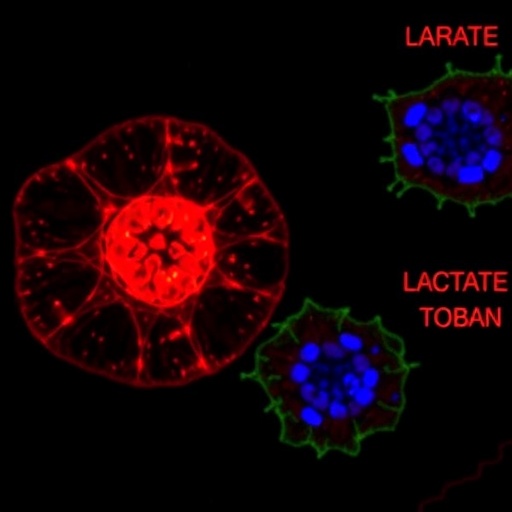Bottom Line: A statistical method could fill the gaps in the U.S. cancer registry data to estimate the short- and long-term risk of recurrence of hormone receptor (HR)-positive and HR-negative breast cancers.
The study found that while women diagnosed with HR-positive breast cancer have lower risk of progression to metastatic disease soon after the diagnosis, their risk persists for several years. In contrast, for women diagnosed with HR-negative disease, the risk of progression to metastatic disease is high soon after the diagnosis, but the long-term risk is lower than that for HR-positive disease.
Journal in Which the Study was Published: Cancer Epidemiology, Biomarkers & Prevention, a journal of the American Association for Cancer Research
Author: Angela Mariotto, PhD, chief of Data Analytics Branch at the National Cancer Institute, Bethesda, Maryland
Background: "Progression to metastatic breast cancer is probably the most important concern women have when they are diagnosed with early-stage breast cancer," said Mariotto. "Knowing the risks of progressing to metastatic breast cancer is important for patients making decisions about their treatment as well as for cancer control experts identifying research priorities and health services planning."
Currently there are no reliable data on the risk of metastatic breast cancer recurrence after a non-metastatic breast cancer diagnosis, because registries do not routinely collect information on cancer progression or recurrence, Mariotto explained.
How the Study Was Conducted: To estimate the risk of recurrence, Mariotto and colleagues used data from a cohort of 381,430 women, ages 15-84, diagnosed with breast cancer from 1992-2013, from the Surveillance, Epidemiology, and End Results Program (SEER) database.
The researchers applied a statistical technique called the "mixture-cure model" to the survival data to identify the "cure" fraction (fraction of women whose cancer did not progress). Then, they used two pieces of information that are available in the SEER database and published studies to estimate the time to metastasis for women in the "non-cured" fraction (fraction of women whose cancer progressed).
"For the mathematically minded, if we know that A=B+C, and if we know C and A, then we can estimate B," explained Mariotto. "A is the time from diagnosis to death, B is the time from diagnosis to metastasis, and C is the time from metastasis to death. We estimated B using published studies on cohorts of patients diagnosed with recurrent metastatic breast cancer (A and C)."
Results: "We were surprised by the insights the estimates provided into how the risk of recurrence for women diagnosed with early breast cancer in the United States varies with stage, HR status, age, year of diagnosis, and time since diagnosis," Mariotto said. "We found that the risks of progressing to metastasis were lower for women diagnosed with breast cancer more recently, at younger ages, at early stage, and with HR-positive disease."
Mariotto added that for women who survived five or more years after diagnosis, their chances of progressing to metastatic breast cancer within the next five years were lower if they were diagnosed with HR-negative breast cancer compared with women diagnosed with similar stage but with HR-positive breast cancer.
For example, among women diagnosed with stage 3 breast cancer at ages 60-74, the percent progressing to metastasis within five years from diagnosis is lower (34.5 percent) if their breast cancer is HR-positive and higher (48.5 percent) if their breast cancer is HR-negative. However, if they are still metastasis-free five years from diagnosis, the percent progressing to metastasis within the next five years is higher for HR-positive breast cancer (16.8 percent) versus HR-negative breast cancer (6.4 percent).
###
Author's Comments: "These are the first population-based estimates on the probabilities of progressing to metastatic disease for women diagnosed with early-stage breast cancer in the United States," Mariotto noted. "The approach is applicable to other cancers and can improve our understanding of the burden of cancer in the population."
Study Limitations: A limitation of the study is that the recurrence risk measures the researchers developed were calculated by removing the chances of dying of other causes. "While these types of measures are useful for comparisons across groups of patients and for isolating the effect of a cancer diagnosis on survival, they may be less useful in predicting chances of recurrence at the individual level, especially for patients with comorbidities," Mariotto said. Further, they did not have data on HER2 status at diagnosis for the entire duration of the study, so the estimates were not stratified by this factor.
Funding & Disclosures: This study was sponsored by the National Cancer Institute. Mariotto declares no conflicts of interest.
Media Contact
Julia Gunther
[email protected]
215-446-6896
@aacr




